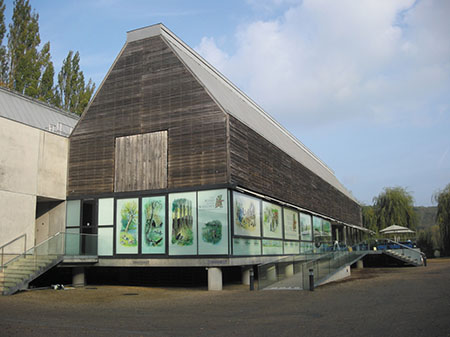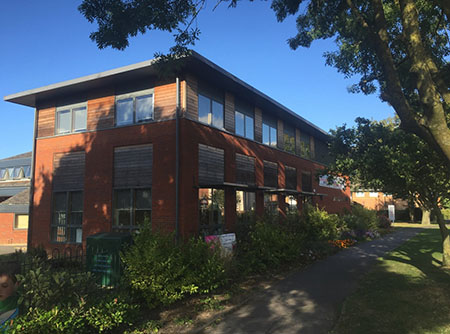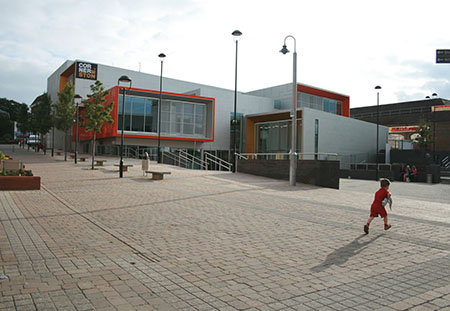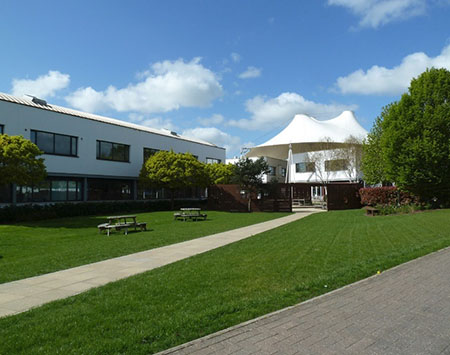The development should ensure:
- the layout of new employment areas should take a landscape and biodiversity-led approach focusing on investment in areas that will significantly contribute to the quality of the workplace environment;
- commercial and employment areas are well served by frequent public transport. Proposals should be structured as a network of connected streets with development fronting the street wherever possible. Office areas and storage space within B2 and B8 uses must be integrated within the curtilage of a single structure and avoid low-quality ancillary buildings;
- service yards should be internalised within the perimeter block to avoid fronting streets and the public realm. Large forecourts, with buildings substantially set back from the public realm should be avoided where possible. Wherever possible, large areas of surface parking should be positioned to minimise its impact on the public realm. This could include internalising the parking within the perimeter block, or locating it to the side or rear of the building;
- limited parking can be provided in small forecourts accommodating visitor and disabled parking. The building line should maintain or establish a good street scene. Parking should be incorporated into the landscape design, with tree planting breaking up the visual impact of parked cars (including attractive, convenient and safe cycle parking and EV charging points);
- that a range of appropriate, supporting facilities are incorporated within employment areas to serve the needs of employees and diversify occupation (night and day);
- larger footprint buildings are broken down into a series of components to reduce their perceived bulk and massing. Articulation of the ground floor of buildings can create a more human scale and establish a coherent and common design language throughout the development;
- standalone signage for individual businesses is avoided in favour of estate signage with unified boards, listing individual companies. Signage for individual businesses should be focused around entrance areas. Signage should not be overbearing or out of proportion with the overall building;
- a Waste Strategy specific to the end use is provided. Each tenant should have access to adequate, hygienic space in which to segregate waste into various recycling streams and thus minimise landfill. These recycling points should be conveniently located for the users and also for the efficient removal of the materials by collection vehicles. These facilities must not be in plain sight of landscape areas or principle streets.
- cater for electric vehicle charging points in conjunction with solar car parks and canopies to provide shade and shelter as well as energy generation.




